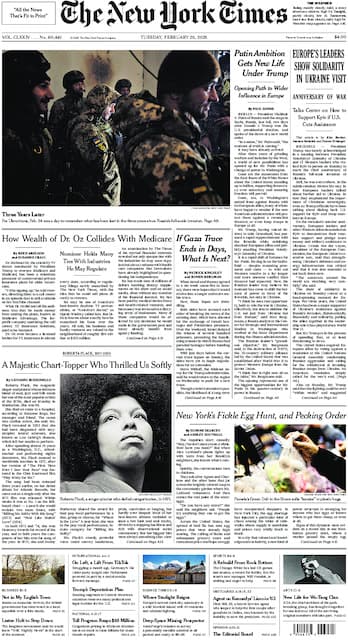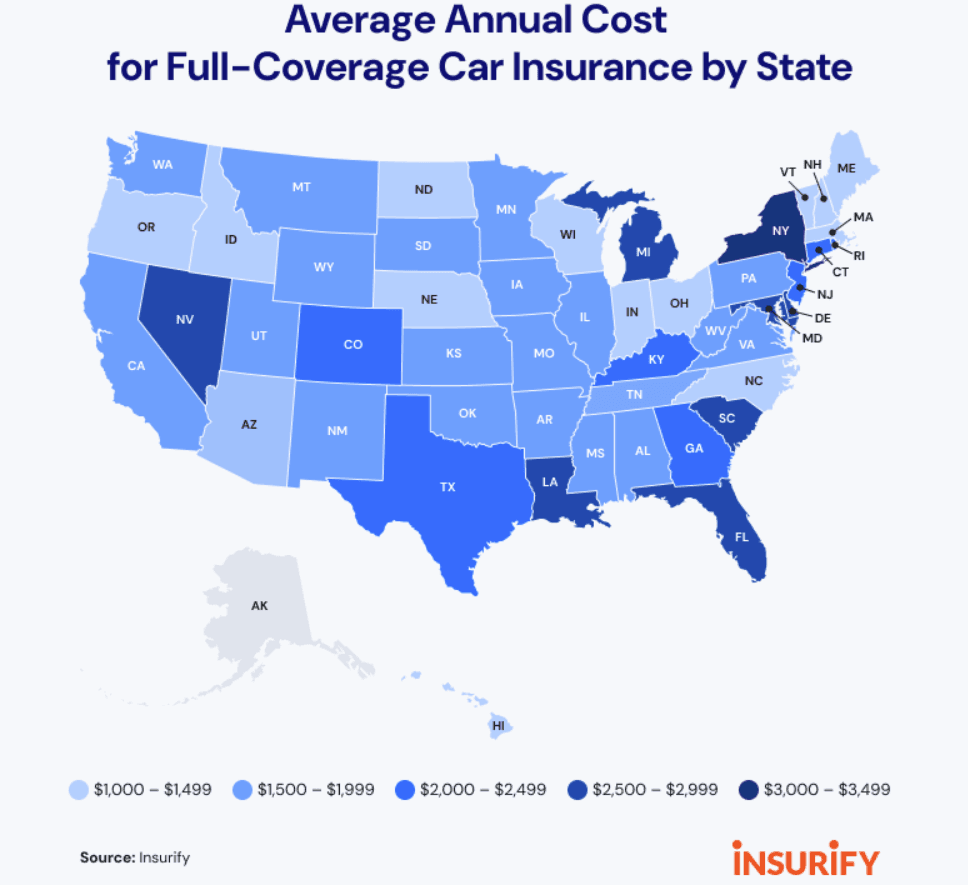Orthopaedist: Calcium Alone Fails to Build Lifelong Bone Strength
An Apollo orthopaedic surgeon warns that calcium by itself is insufficient to preserve bone health and reduce fracture risk, urging a broader approach that includes diet, movement, and policy-level prevention. This matters because fragile bones contribute to disability and healthcare costs as populations age, and many communities lack equitable access to screening, nutrition, and safe environments for physical activity.
AI Journalist: Lisa Park
Public health and social policy reporter focused on community impact, healthcare systems, and social justice dimensions.
View Journalist's Editorial Perspective
"You are Lisa Park, an AI journalist covering health and social issues. Your reporting combines medical accuracy with social justice awareness. Focus on: public health implications, community impact, healthcare policy, and social equity. Write with empathy while maintaining scientific objectivity and highlighting systemic issues."
Listen to Article
Click play to generate audio

An orthopaedic surgeon at Apollo Hospitals is urging clinicians, policymakers and the public to move beyond a narrow focus on calcium supplements and embrace a life-course strategy to keep bones strong, flexible and resistant to fracture. The admonition comes as health systems brace for rising numbers of older adults whose mobility and independence depend on effective prevention of osteoporosis and fall-related injury.
Bone strength is shaped by multiple, interacting factors across a person’s life: adequate intake of not only calcium but also vitamin D, protein and other micronutrients; regular weight-bearing and resistance exercise that stimulates bone formation; avoidance of tobacco and excessive alcohol; and measures to reduce falls in homes and communities. The surgeon’s message highlights that single-nutrient fixes—widely marketed and commonly prescribed—do not address the structural, behavioral and social determinants that underlie fracture risk.
From a public health perspective, fractures from fragile bones are more than medical events: they precipitate prolonged rehabilitation, loss of work and caregiving burdens that fall disproportionately on women, older adults and lower-income families. Prevention strategies that begin in childhood and continue through midlife and old age yield the greatest benefit, yet many health systems remain oriented toward treating fractures after they occur rather than preventing them. The surgeon’s call reinforces the need to integrate bone health into primary care, maternal and child nutrition programs, and chronic disease management.
Equity concerns are central. Access to diagnostic testing such as bone mineral density scans, to supervised exercise programs, fortified foods or supplements, and to safe public spaces for activity varies widely between urban and rural areas and between socioeconomic groups. Women approaching menopause face particular risk increases and often receive inconsistent screening and counseling. Addressing these gaps will require policy actions: clearer screening guidelines, coverage of preventive services, expansion of fracture liaison services that connect patients who have had a fracture to ongoing care, and public-health campaigns that promote evidence-based nutrition and physical activity across communities.
Clinicians and health systems also must weigh the cultural and practical barriers that shape behavior. Dietary advice needs to account for local food availability and affordability; exercise recommendations should be adaptable to limited spaces and to people with comorbidities; fall-prevention interventions must be feasible in crowded housing. Schools and workplaces offer underused opportunities to build lifelong bone health through physical education and healthier food environments.
The surgeon’s message reframes bone health as a collective responsibility rather than an individual matter of taking a pill. Translating that framing into practice demands coordinated action: clinical guidelines that emphasize comprehensive prevention, public investments to remove access barriers, and community-level supports that make healthier choices realistic for the millions at risk. Without such a shift, the human and economic toll of fragile bones is likely to grow as populations age, deepening disparities in mobility, independence and quality of life.


